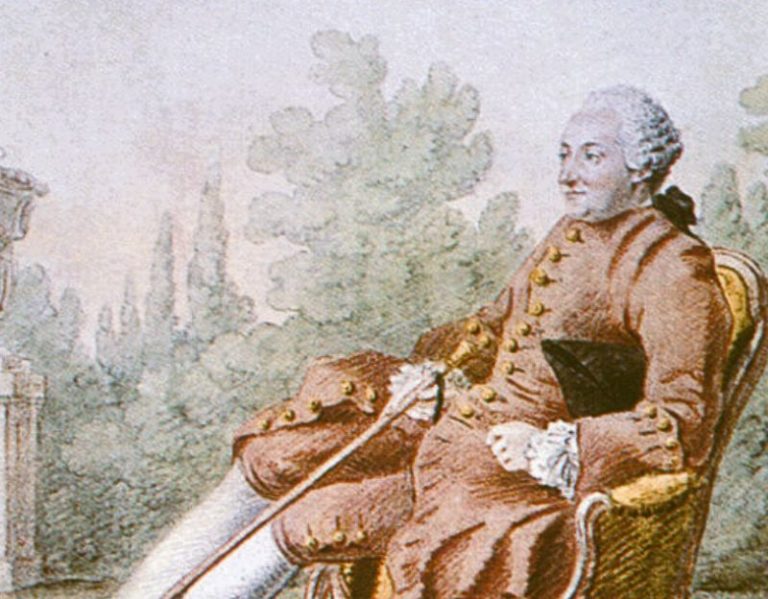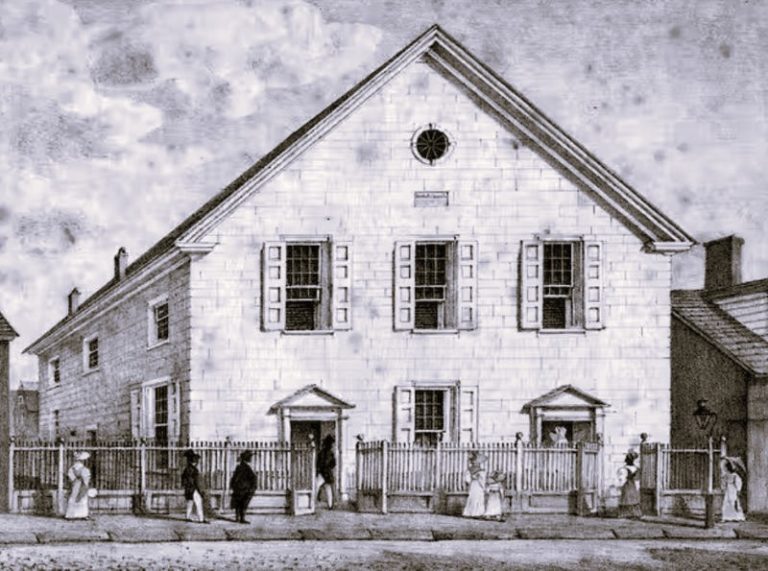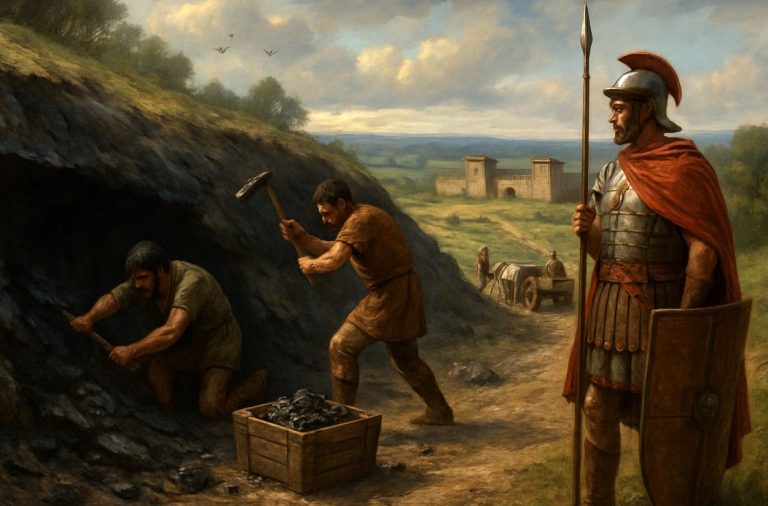
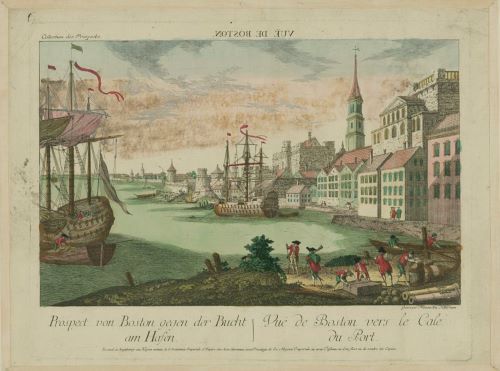
America’s early trade deficit was not merely a matter of accounting.

By Matthew A. McIntosh
Public Historian
Brewminate
Introduction
In the aftermath of the American Revolution, the newly formed United States faced not only political instability and constitutional uncertainty but also a precarious economic situation shaped in large part by its foreign trade imbalances. What would today be described as a “trade deficit” was already a significant concern in the late eighteenth and early nineteenth centuries. Despite its abundant natural resources and agricultural potential, early America was heavily reliant on manufactured goods from Europe, especially Great Britain. This reliance fostered a chronic outflow of hard currency, particularly specie, in exchange for imported goods, leaving American merchants, planters, and politicians deeply concerned about their fledgling nation’s economic sovereignty.
While the term “trade deficit” was not yet part of the formal economic lexicon, the concept—importing more than exporting and draining precious reserves—was well understood by contemporary observers. This essay explores the origins, implications, and responses to America’s early trade deficit in the post-Revolutionary period, emphasizing the economic, ideological, and policy challenges it presented. The deficit not only affected domestic development and monetary policy but also helped shape the broader debate between agrarian and commercial visions of the American future.
The Post-Revolutionary Trade Imbalance
In the wake of independence, the United States faced the difficult task of rebuilding trade relationships without the protection and integration of the British mercantile system. Although America was no longer bound by the Navigation Acts, the reality was that its commercial ties remained deeply entangled with Great Britain. British merchants quickly reasserted dominance over transatlantic trade, flooding American markets with textiles, manufactured goods, and luxury items.1 Meanwhile, American exports—chiefly tobacco, rice, indigo, timber, and fish—struggled to find profitable European markets outside of Britain’s restrictive imperial orbit.
The imbalance was acute: Americans imported far more than they exported, and lacking sufficient gold or silver to settle debts, they increasingly relied on credit extended by British firms.2 In 1786, Thomas Jefferson wrote from Paris that “the commerce of the United States is in a lamentable state” because “we have imported more than we export.”3 George Washington, similarly alarmed, warned that the deluge of British goods threatened to reduce the United States to “a mere satellite” of British economic power.4
Specie Drain and Credit Dependence

A critical consequence of the trade imbalance was the persistent outflow of specie—gold and silver coinage—which remained the backbone of financial credibility and liquidity in the late eighteenth century. Unlike Britain, which had a robust system of banking and commercial credit, the United States lacked a national bank and had only limited minting capacity until the 1792 Coinage Act.
As Americans paid for imports with coin but sold exports on credit or barter, the supply of hard money within the domestic economy steadily dwindled.5 This phenomenon had devastating effects, especially in rural areas, where the scarcity of specie made it difficult for farmers and artisans to pay taxes or settle debts, fueling widespread unrest such as Shays’ Rebellion in Massachusetts in 1786–87.6
Moreover, the reliance on British credit created a dangerous dependency. Many American merchants and planters borrowed heavily to finance imports, leading to cycles of indebtedness that left them vulnerable to economic shocks and interest rate manipulation from across the Atlantic.7 This dynamic alarmed nationalists like Alexander Hamilton, who saw economic dependence as a threat to political independence.
The Federalist Response: Hamilton’s Financial System
The problem of the trade deficit became a central concern of Alexander Hamilton, the first Secretary of the Treasury. In his Report on Manufactures (1791), Hamilton directly confronted the issue, arguing that the United States’ overreliance on foreign goods contributed to “a drain of our specie, the precarity of our credit, and the stagnation of our industry.”8 To address these dangers, Hamilton proposed a multifaceted economic strategy that included:
- Protective tariffs to encourage domestic manufacturing
- Subsidies and incentives for industrial development
- A national bank to stabilize credit and currency
- Federal assumption of state debts to improve public credit
Hamilton believed that fostering a domestic manufacturing base would help reduce imports and thus shrink the trade deficit. His vision contrasted sharply with that of Jefferson and Madison, who feared that centralized economic planning and industrialization would erode agrarian virtue and empower urban elites.9
Jeffersonian Retrenchment and the Limits of Agrarianism
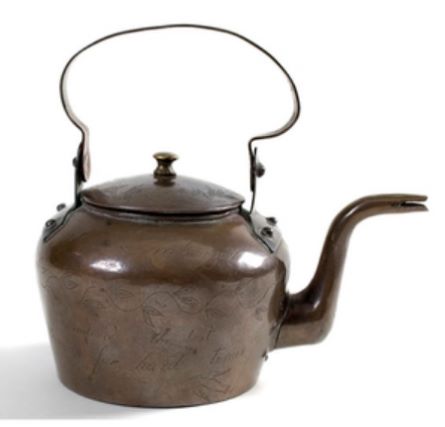
When Thomas Jefferson assumed the presidency in 1801, he sought to reverse many Federalist policies. His administration reduced federal expenditures, cut taxes, and allowed the Bank of the United States’ charter to expire (temporarily). Yet Jefferson, too, struggled with the trade imbalance, especially in the face of British naval aggression and trade restrictions.
Ironically, Jefferson’s Embargo Act of 1807, intended to punish Britain and France for violating American neutral trading rights, exacerbated the trade deficit. American exports plummeted, but smuggling and continued imports meant that the flow of goods into the country did not cease entirely—while the flow of money out did.10 The embargo devastated port economies like Boston and New York and failed to meaningfully reduce dependence on foreign goods. The trade deficit, rather than improving, remained entrenched.
The War of 1812 and the Turn Toward Protectionism
The War of 1812 marked a critical turning point. With British imports interrupted by wartime hostilities, Americans were forced to increase domestic production. This “forced industrialization” laid the foundation for the growth of textile mills and other industries in the Northeast.11 After the war, many policymakers recognized the value of protective tariffs—not only to shield nascent industries from foreign competition but also to improve the balance of trade.
The Tariff of 1816, championed by Henry Clay and John C. Calhoun, was the first in American history explicitly designed for protection rather than revenue.12 While not universally popular—especially among Southern planters who relied on imported goods—it reflected a growing consensus that some regulation of trade was necessary to correct the long-standing deficit.
Conclusion: The Trade Deficit as Foundational Challenge
America’s early trade deficit was not merely a matter of accounting—it was a structural and ideological challenge to national identity and economic development. It revealed the limitations of agricultural export economies in a world dominated by industrial powers. It also exposed the fragility of a financial system without centralized institutions or monetary stability.
The responses to the deficit—Hamiltonian finance, Jeffersonian retrenchment, wartime self-sufficiency, and early protectionism—helped shape the trajectory of American economic thought and policy. Though never fully resolved in the early republic, the trade imbalance pushed the United States to think globally, economically, and strategically from the outset. In that sense, the roots of America’s modern trade debates can be traced directly to the struggles of its revolutionary and post-revolutionary past.
Appendix
Endnotes
- Bradford Perkins, The First Rapprochement: England and the United States, 1795–1805 (Philadelphia: University of Pennsylvania Press, 1955), 18.
- Charles Rappleye, Robert Morris: Financier of the American Revolution (New York: Simon & Schuster, 2010), 441.
- Thomas Jefferson to Edward Carrington, Paris, Jan. 16, 1787, in The Papers of Thomas Jefferson, vol. 11, ed. Julian P. Boyd (Princeton: Princeton University Press, 1955), 48.
- George Washington, “Farewell Address,” 1796, in The Writings of George Washington, ed. John C. Fitzpatrick (Washington, D.C.: U.S. Government Printing Office, 1931), 27:196.
- Robert E. Wright, One Nation Under Debt: Hamilton, Jefferson, and the History of What We Owe (New York: McGraw-Hill, 2008), 67.
- Leonard L. Richards, Shays’s Rebellion: The American Revolution’s Final Battle (Philadelphia: University of Pennsylvania Press, 2002), 101.
- John J. McCusker and Russell R. Menard, The Economy of British America, 1607–1789 (Chapel Hill: University of North Carolina Press, 1985), 391–93.
- Alexander Hamilton, Report on Manufactures, 1791, in The Papers of Alexander Hamilton, vol. 10, ed. Harold C. Syrett (New York: Columbia University Press, 1966), 249.
- Drew R. McCoy, The Elusive Republic: Political Economy in Jeffersonian America (Chapel Hill: University of North Carolina Press, 1980), 72.
- John Lauritz Larson, Internal Improvement: National Public Works and the Promise of Popular Government in the Early United States (Chapel Hill: University of North Carolina Press, 2001), 58.
- Paul Gilje, Free Trade and Sailors’ Rights in the War of 1812 (New York: Cambridge University Press, 2013), 122.
- Brian Schoen, The Fragile Fabric of Union: Cotton, Federal Politics, and the Global Origins of the Civil War (Baltimore: Johns Hopkins University Press, 2009), 26.
Bibliography
- Gilje, Paul. Free Trade and Sailors’ Rights in the War of 1812. New York: Cambridge University Press, 2013.
- Hamilton, Alexander. The Papers of Alexander Hamilton. Vol. 10. Edited by Harold C. Syrett. New York: Columbia University Press, 1966.
- Jefferson, Thomas. The Papers of Thomas Jefferson. Vol. 11. Edited by Julian P. Boyd. Princeton: Princeton University Press, 1955.
- Larson, John Lauritz. Internal Improvement: National Public Works and the Promise of Popular Government in the Early United States. Chapel Hill: University of North Carolina Press, 2001.
- McCoy, Drew R. The Elusive Republic: Political Economy in Jeffersonian America. Chapel Hill: University of North Carolina Press, 1980.
- McCusker, John J., and Russell R. Menard. The Economy of British America, 1607–1789. Chapel Hill: University of North Carolina Press, 1985.
- Perkins, Bradford. The First Rapprochement: England and the United States, 1795–1805. Philadelphia: University of Pennsylvania Press, 1955.
- Rappleye, Charles. Robert Morris: Financier of the American Revolution. New York: Simon & Schuster, 2010.
- Richards, Leonard L. Shays’s Rebellion: The American Revolution’s Final Battle. Philadelphia: University of Pennsylvania Press, 2002.
- Schoen, Brian. The Fragile Fabric of Union: Cotton, Federal Politics, and the Global Origins of the Civil War. Baltimore: Johns Hopkins University Press, 2009.
- Washington, George. The Writings of George Washington. Edited by John C. Fitzpatrick. Vol. 27. Washington, D.C.: U.S. Government Printing Office, 1931.
- Wright, Robert E. One Nation Under Debt: Hamilton, Jefferson, and the History of What We Owe. New York: McGraw-Hill, 2008.
Originally published by Brewminate, 07.01.2025, under the terms of a Creative Commons Attribution-NonCommercial-NoDerivatives 4.0 International license.
